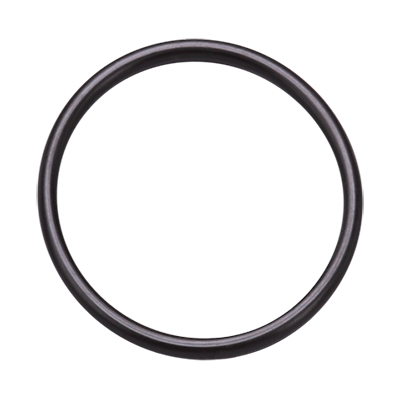Low temperature stiffness isn’t something unique to aging. It’s a problem that has plagued seal designers for years, particularly with respect to aircraft fuel systems. Modern aircraft employ a complicated fuel system with multiple connections along the path from input through exhaust. Safety demands complete integrity of those connections at all times across the complete operating environment of the aircraft. Particularly challenging is maintaining an effective seal at extreme low temperatures. For aircraft, the lower limit has been set at -65F.
Fundamental characteristics
There are two fundamental characteristics that enable elastomers to function as superb seal materials:
- Squeeze- the ability of a material to establish intimate contact between mating surfaces
- Resilience- the ability to maintain that contact over the life of the seal
These two properties are not constant but vary in response to the environment in which they are placed. Influencing factors include gland design, chemical exposure and temperature.
With respect to temperature, challenges exist at both extremes. On the high end, prolonged exposure to temperatures at the upper limit of the particular elastomer will thermally degrade the material over time, potentially leading to seal failure. Low temperatures present a different challenge. While exposure to low temperatures will not degrade the material, it does affect its performance, specifically- its resilience and consequentially, the ability to maintain adequate seal pressure.

Added challenges for aircraft fuel systems
In aircraft fuel systems, you have the added challenge of chemical compatibility. Often, seal design requires a delicate balance of all the inputs, resulting in the best aggregate performance with respect to those inputs, but not necessarily the best fit or any individual parameter.
Fluorocarbon materials have excellent fuel compatibility, excellent high temperature performance (400F) and compression set resistance. However, they don’t perform well at low temperature. For years, traditional FKM materials had a low temperature limit of -15F. Development of fluorocarbon GLT materials dropped that to -40F, a dramatic improvement, but still short of the Holy Grail of -65F.
So, fuel system engineers were forced to compromise and use fluorosilicone (FVMQ). Fluorosilicone has excellent low temperature performance (-100F) but is sub-par in every other pertinent characteristic. It has “good enough” fuel resistance, but poor high temperature performance, mediocre compression set resistance and is typically a more delicate material susceptible to incidental damage. It is a compromise that wasn’t ideal but was necessary and has enabled us to keep aircraft flying for decades. Some of the trade offs have been living with a certain acceptable amount of leakage, and reduced seal life.
Development of VX065-75 eliminates compromise
All of that changed in 2014 with the development of Parker Compound VX065-75. Parker material engineers were able to develop a new fluorocarbon formulation that retains everything great about FKM while adding low temperature performance down to -65F! As you can see here, VX065 has excellent fuel resistance, Best In Class compression set resistance and an operating temperature range of -65F to 400F.
Compromise is now a thing of the past because Parker has developed a material that knocks it out of the park on EVERY critical aircraft fuel system requirement.
VX065-75 can be molded in all seal configurations: o-rings, custom molded shapes, composite seals, extrusions and fabric reinforced. It is also available in a 90 durometer formulation.
The original article is featured on Parker's blog here.
Gallagher Fluid Seals is an authorized distributor for Parker. For more information about FKM, contact us today.
